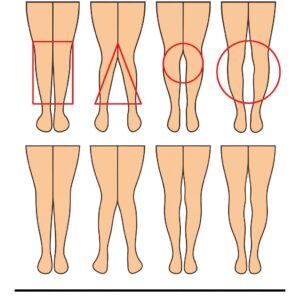Indulge in the simple delight of this ultra-soft milk brioche. Even if you’re a baking novice, this guide ensures you achieve that intoxicating aroma and texture of freshly baked pastries. Perfect for breakfast or savored as a Sunday treat, it combines both pleasure and indulgence. In this piece, I’ll share insights and techniques, turning this bakery classic into a masterpiece in your kitchen.
While I’ve shared numerous brioche recipes over time, each evolving with my growing experience, there’s always room for one more! Baking, akin to patisserie, remains one of my foremost passions. With this recipe, I aim to bestow upon you the joy of crafting a brioche that mirrors professional bakery quality.
This particular brioche is rich in flavor, making it an instant favorite for breakfast or as a Sunday delight. Kids, especially, will relish it with a generous spread of Nutella. Unlike the pure butter brioches, such as the Nanterre, which relies solely on eggs for moisture, this recipe introduces milk, measured to perfection. This ingredient imparts the softness that enthusiasts often seek in a brioche.
Crafting Your Brioche: Key Tips
Choice of Flour: To achieve a light, stringy crumb characteristic of the best brioches, opt for a high-quality “strong” flour. This flour is rich in gluten, essential for developing a robust gluten network during the kneading process. For the everyday baker, oatmeal flour is an excellent choice that fits this criterion.
Fermentation Matters: A well-rested dough promises to unfurl a bouquet of aromas upon baking. Never rush or short-change this step; patience here rewards you with unmatched flavor and texture.
ngredients
For the Fermented Dough:
18 g fresh baker’s yeast (or 8 g dehydrated dry yeast)
100 g oatmeal flour
100 ml lukewarm milk or water
For the Brioche:
450 g oatmeal flour
60 g powdered sugar
9 g salt
4 whole eggs
Vanilla extract
1 cap of orange blossom water
100 ml lukewarm milk
100 g unsalted butter (not melted)
1 egg yolk beaten with milk for glazing
Instructions
Prepare the Fermented Dough: Combine the baker’s yeast, flour, and lukewarm milk in a bowl. Cover and allow it to rise for 20 to 30 minutes until it doubles in size.
In the mixer bowl, combine flour, sugar, and salt. Mix well.
Create a well in the center and add the eggs, vanilla extract, orange blossom, and 80 ml of milk.
Add the fermented dough mixture to the well and start kneading at a low speed, allowing the dough to come together. If the dough feels dry, gradually incorporate the remaining milk. The dough will be quite sticky at this stage.
Boost the kneading speed to 4-5 and continue for 5 minutes.
Gradually add the butter chunks, continuing to knead until the dough pulls away from the sides of the bowl, becoming smooth, shiny, and highly elastic.
Form a ball with the dough and cover it with cling film or a towel. Allow it to rest and rise for 1 to 1.5 hours, or until it doubles in volume.
Grease a 24 cm x 24 cm mold or line it with baking paper.
Punch down the risen dough to release any air, then divide it into 16 equal parts, each weighing about 70 g.
Place the dough pieces in the mold and let them rise again for 45 minutes, ensuring they expand to touch the mold’s edges.
Preheat the oven to 170°C (338°F).
Brush the risen dough with the egg yolk and milk mixture for a golden glaze.
Bake in the oven for 30 minutes or until the brioche turns a lovely golden brown.
Once baked, remove the brioche from the oven and transfer it to a wire rack to cool.





